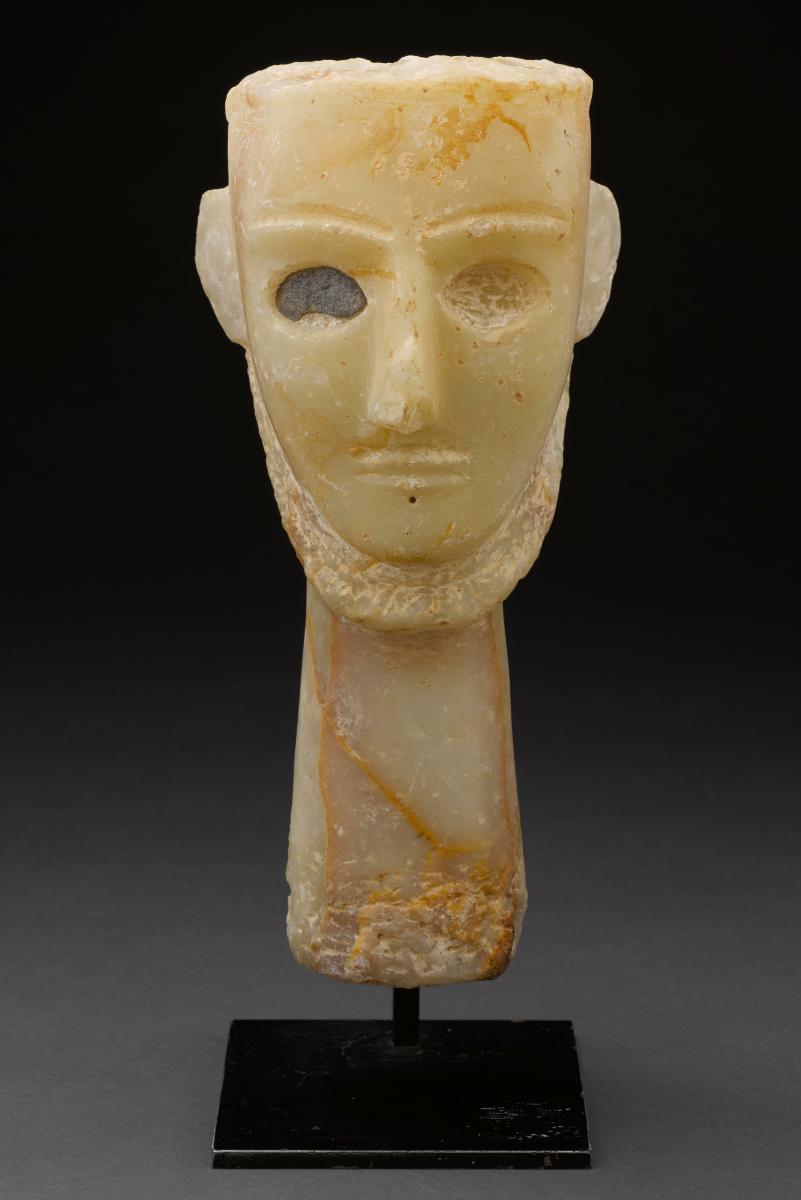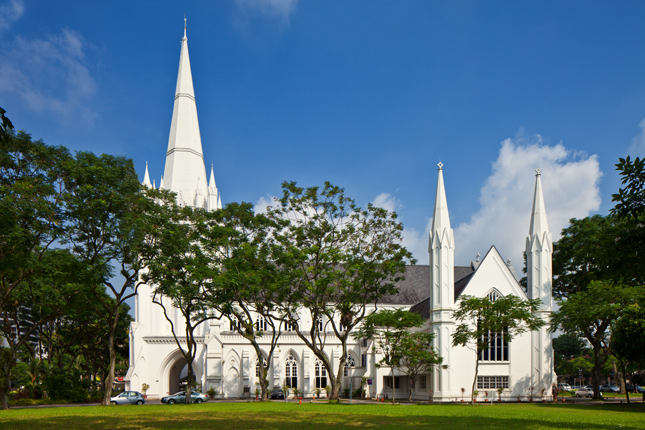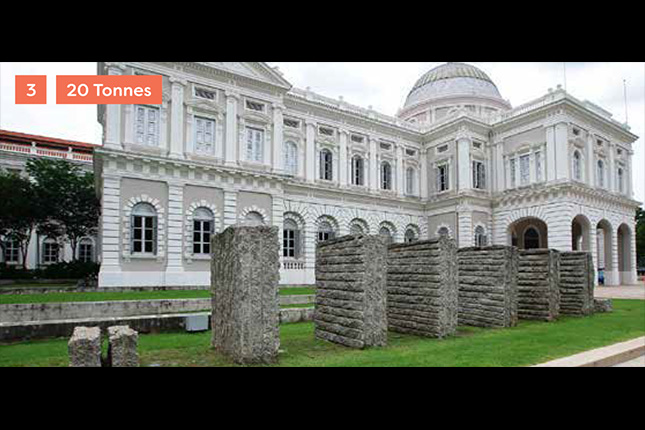This carved head resembles the faces often found on the ends of Kayan sarcophaguses. It was carved out of ironwood and has patina and signs of weathering consistent with funerary objects found in burial caves. The absence of any evidence to show that it may have been part of a larger object suggests that it was made as a standalone piece. One possibility is that it was carved to represent a headhunting trophy which was then placed in the burial cave as a gift to the ancestors. If so, the piece relates very closely to the important Austronesian theme of ancestor veneration and headhunting.The Kayan cultural group in Borneo, consisting of the Kayan, Kenyah, Orang Ulu, Punan and some other groups are an important sub-grouping within the larger Dayak category. They relate very closely to early Austronesian migrant streams with material dating to perhaps as far back as far as the 15th century.


















